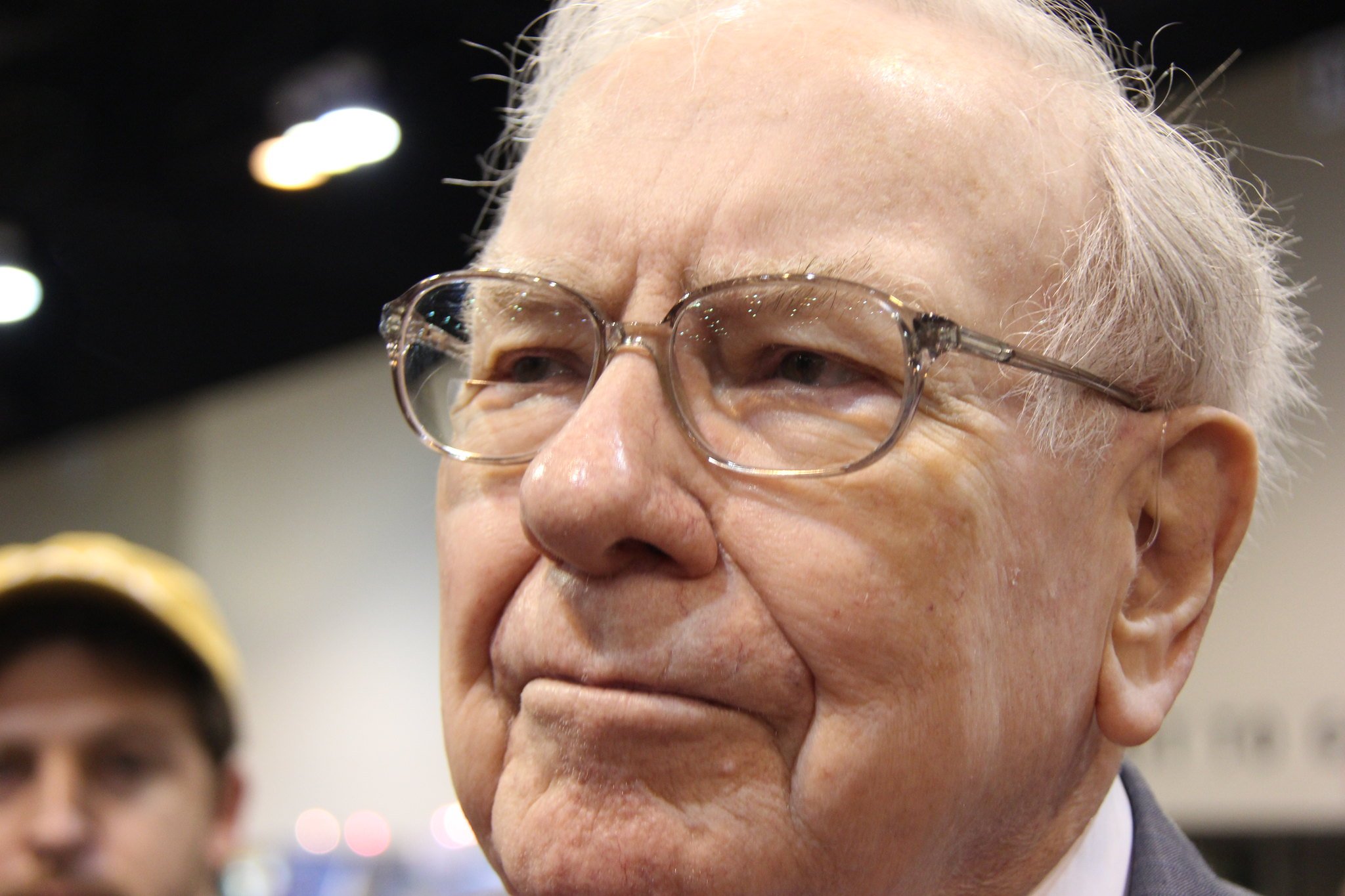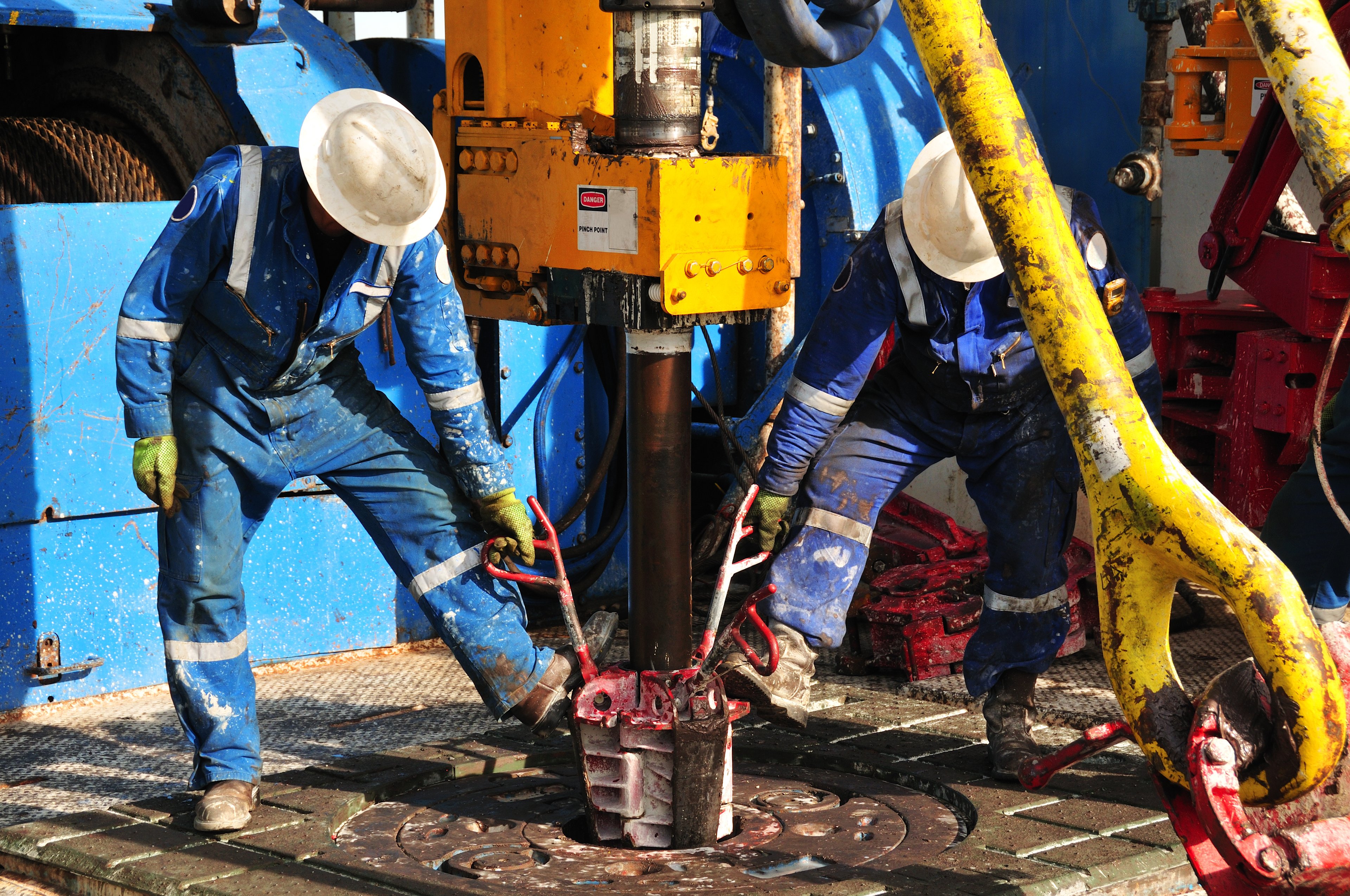Energy giant Chevron (CVX 1.22%) reported financial results for the third quarter on Friday, Nov. 1, that topped analyst estimates on top and bottom lines. While Chevron beat estimates, many of its financial metrics for the quarter were down year over year. Adjusted earnings fell nearly 21% year over year to $4.5 billion, primarily due to reduced refining margins and the absence of significant tax benefits experienced in 2023.
Still, investors were generally pleased as Chevron beat expectations for the quarter and returned a record amount of cash to shareholders.
| Metric | 3Q 2024 | Analysts Estimate | 3Q 2023 | Change (YOY) |
|---|---|---|---|---|
| Adjusted EPS | $2.51 | $2.42 | $3.05 | (17.7%) |
| Revenue | $50.7 billion | $48.9 billion | $54.1 billion | (6.5%) |
| Adjusted earnings | $4.5 billion | N/A | $5.7 billion | (20.8%) |
| Cash flow from operations | $9.7 billion | N/A | $9.7 billion | No change |
| Capital expenditures | $4.1 billion | N/A | $4.7 billion | (12.8%) |
| Net oil-equivalent production | 3,364 mboed | 3,271 mboed | 3,146 mboed | 6.9% |
Source: Chevron. Note: Analyst consensus estimates for the quarter provided by FactSet. YOY = Year over year. mboed = Thousand barrels of oil equivalent per day.
Understanding Chevron
Chevron is an integrated energy giant, engaged in the exploration, production, and refinery of oil and natural gas. Its operations extend across various continents with significant upstream activities in regions like the Permian Basin and the Gulf of Mexico. A notable focus lies in enhancing production capabilities while transitioning toward low-carbon technologies.
Recently, Chevron has centered its strategy on portfolio optimization and reducing operational costs. Key success factors include efficient management of oil and gas production, adapting to market dynamics, and executing environmental commitments. Strategic investments in both conventional and new energy sources define its response to the evolving energy landscape.
Quarterly Highlights
Over the quarter, Chevron achieved noteworthy milestones despite financial pressures from market conditions. Production reached 3,364 thousand barrels of oil equivalent per day, a 7% increase year over year. The company marked a quarterly record in U.S. net oil-equivalent production, driven by the Permian Basin's performance and the PDC Energy acquisition.
The company's $6.5 billion sale of Canadian assets refined its portfolio, with proceeds expected to aid financial stability and future investments. Segment-wise, U.S. upstream earnings slipped to $1.95 billion while international upstream saw a decline to $2.64 billion, influenced by the absence of prior tax benefits.

NYSE: CVX
Key Data Points
U.S. downstream operations faced significant drops in earnings due to refining margin pressure, capturing a mere $146 million compared to $1.38 billion the previous year. However, international downstream earnings improved to $449 million, supported by better product margins.
Cash flow from operations remained robust at $9.7 billion, essential for capital returns and investment funding. While overall margins were under pressure, Chevron's sustainable cash generation underpins its ongoing strategic initiatives and shareholder value efforts. Chevron returned a record $7.7 billion of cash to shareholders during the quarter, including share repurchases of $4.7 billion and dividends of $2.9 billion.
Looking Ahead
Chevron's management expects ongoing U.S. Gulf of Mexico projects to enhance production levels, projecting 300,000 barrels of oil equivalent per day from these projects by 2026. The divestiture plan aims to generate $10 billion to $15 billion by 2028, reinforcing focus on high-return assets. Management also said it is targeting $2 billion to $3 billion in structural cost reductions from 2024 by the end of 2026.
The company also highlighted anticipated challenges tied to fluctuating natural gas prices and regulatory pressures. However, its strategic focus remains on efficiency gains and asset optimization, which are key to navigating future market uncertainties. Investors should monitor how these initiatives unfold and impact Chevron's operational resilience and financial growth trajectory.





